As someone who gets the opportunity to coach people on a daily basis, I work hard to get my clients moving with the best technique possible.
Why is technique important in resistance training?
Moving with poor or inefficient technique can lead to altered load distribution, and subsequently increased stress placed on the passive structures of our body. This can lead to an increased risk of injury (both acutely and chronically), which is obviously not ideal. Furthermore, training with poor technique can lead to muscular imbalances. This in turn leads to postural deviations, movement impairment, and again, an increased risk of injury.
Fortunately for us as coaches, technique is one of the few things we have a huge amount of control over. We have the opportunity to educate individuals on the importance of proper technique, and develop quality movement patterns through the use of appropriates exercise progressions and regressions. With this in mind, we can also improve poor or limited movement through a variety of corrective exercise strategies. In short, we have the necessary knowledge and ability to ensure that each and every one of our clients are performing a given movement well.
But, it is important to note that movement technique is entirely individual!
Is there such thing as a perfect technique?
Despite what some internet warriors might like you to believe, there is no such thing as perfect technique. Everyone has different anatomy (this includes not only limb lengths, but also things like joint depth and stiffness). All of which can significantly change their range of motion at specific joints. It is for this reason that some people can squat to a full depth with their feet barely apart, while others need a wider stance just to squat to parallel. It may mean that a conventional deadlift is out of the question for you, and a narrow sumo stance is your best option. For others, it may mean that a conventional deadlift is ideal.
Everyone is different. And it is important to reiterate that none of these techniques are wrong. In actual fact, in both cases they may actually provide the ideal position for that individual to complete a given movement. But in the same light, each technique is different – and none of them are perfect.
Ideal Technique
As coaches it is our job to find the best position possible for you as an individual to perform a given movement safely and effectively. While this position may be slightly different, there are number key things we can look for to ensure that this position is found and trained correctly.
Firstly, you need to be able to maintain a neutral spinal position for the movement’s duration. While this is true for almost any exercise, it holds significant importance for lower body dominant exercises. Think squats, deadlifts, and their single leg variations. This is becuase these movements place significant compressive and shearing forces on the spine. These forces are actually a good thing when a neutral spine is maintained, as they teach the muscles of the trunk to resist these forces. This is essential to building a strong and healthy spine.
BUT! When this position is lost, and the trunk moves (flexes or extends) under these heavy loads we can become susceptible to injury and dysfunction. As a result, we need to play around and find the best position for the individual. This tends to be where an individual has maximum joint range of motion, while also being able to maintain a neutral spine throughout that range of motion.
How do we determine ideal technique for an individual?
This can be done by assessing passive and active joint ranges in different positions. We can also reduce the range of movement to ensure that you can maintain a neutral spine. For example, we could use boxes or blocks to reduce a movements range.
Secondly, we need to sure that the joints remain ‘stacked’ on top of each other throughout the full movement. This essentially means that the knees and the hips are kept aligned throughout the movement’s duration. Thus limiting any potential shearing or rotational forces placed on your knees (think the knee collapsing inwards during squatting movements). Once again, suitable exercise regressions OR utilising principals of reactive neuromuscular control are utilised to ensure safe positions are maintained. Think bands pulling the knee into different positions during a split squat to teach the body to resist these forces.
Closing thoughts
Everyone is different, and as such there really is no such thing as perfect technique.
Despite this, we need ensure that each movement can be performed with the best technique possible given your individual anatomy. We try to focus on maintaining a neutral spine throughout the movement. This guarantees that the joints remained stacked on top of one another. We can regress our exercises if needed to encourage proper positioning. This can also be extremely beneficial to keeping a movements within a safe range of motion.
Remember, there is no right way to perform a given exercise. However, we can find an ideal way for a given individual at a specific point in time.
Photo by Meghan Holmes on Unsplash


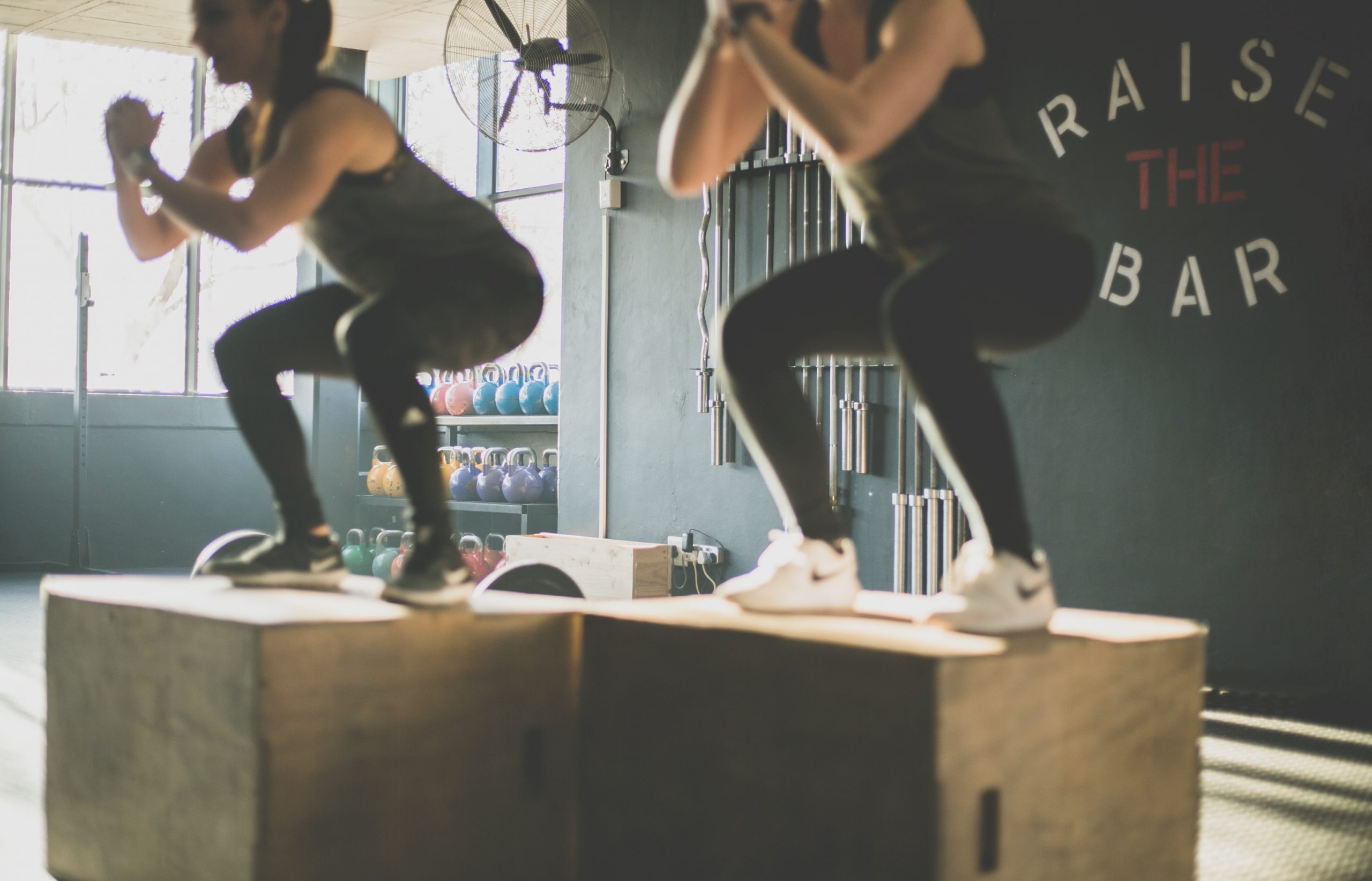

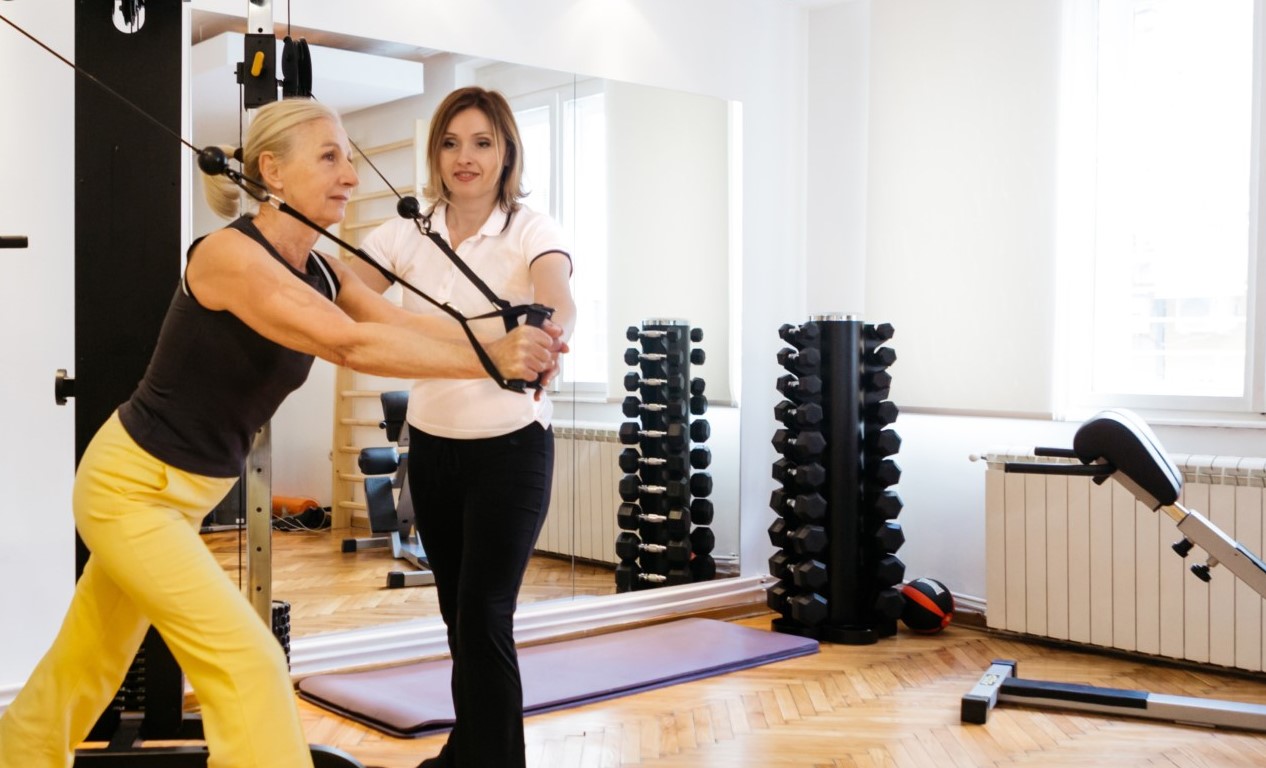
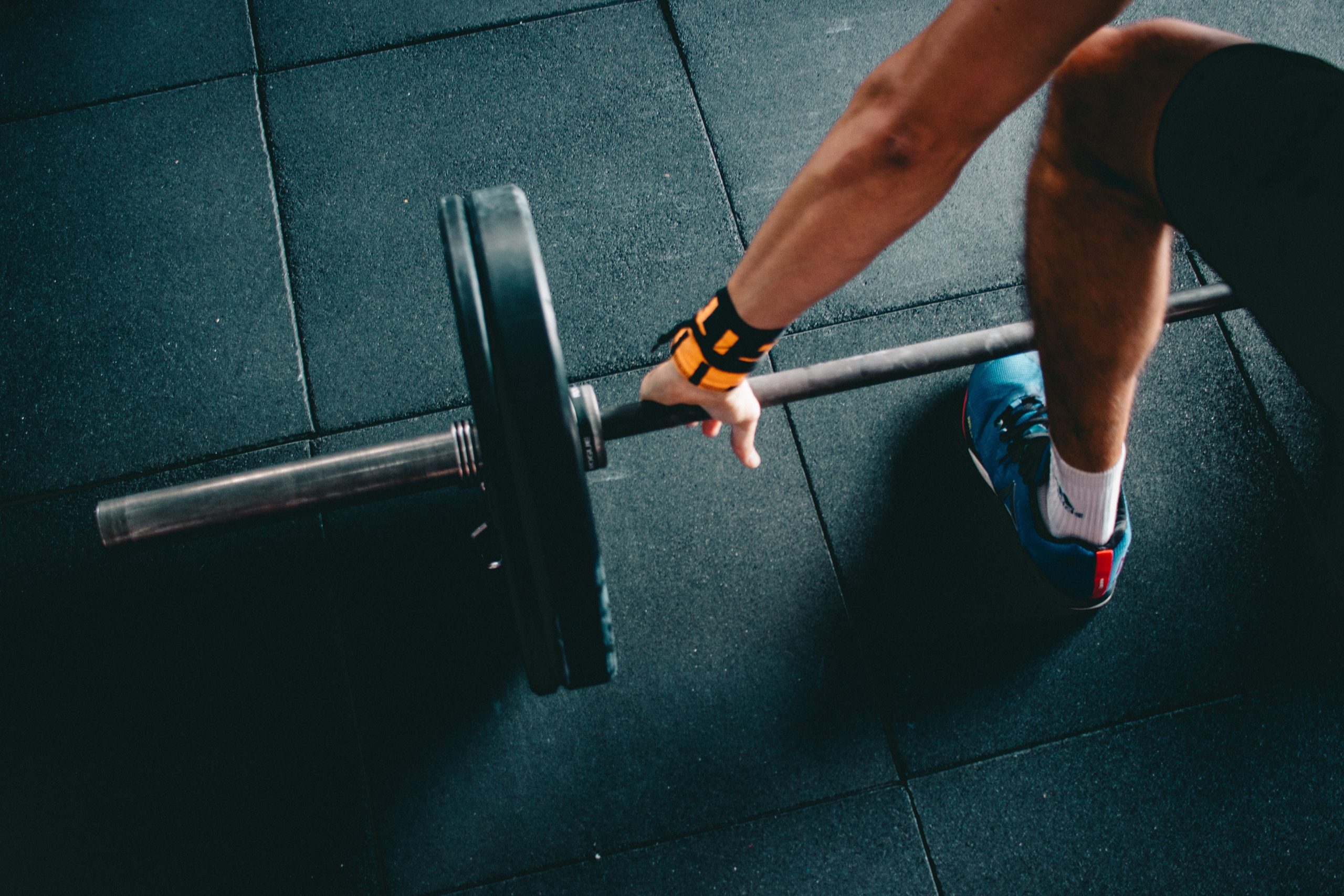
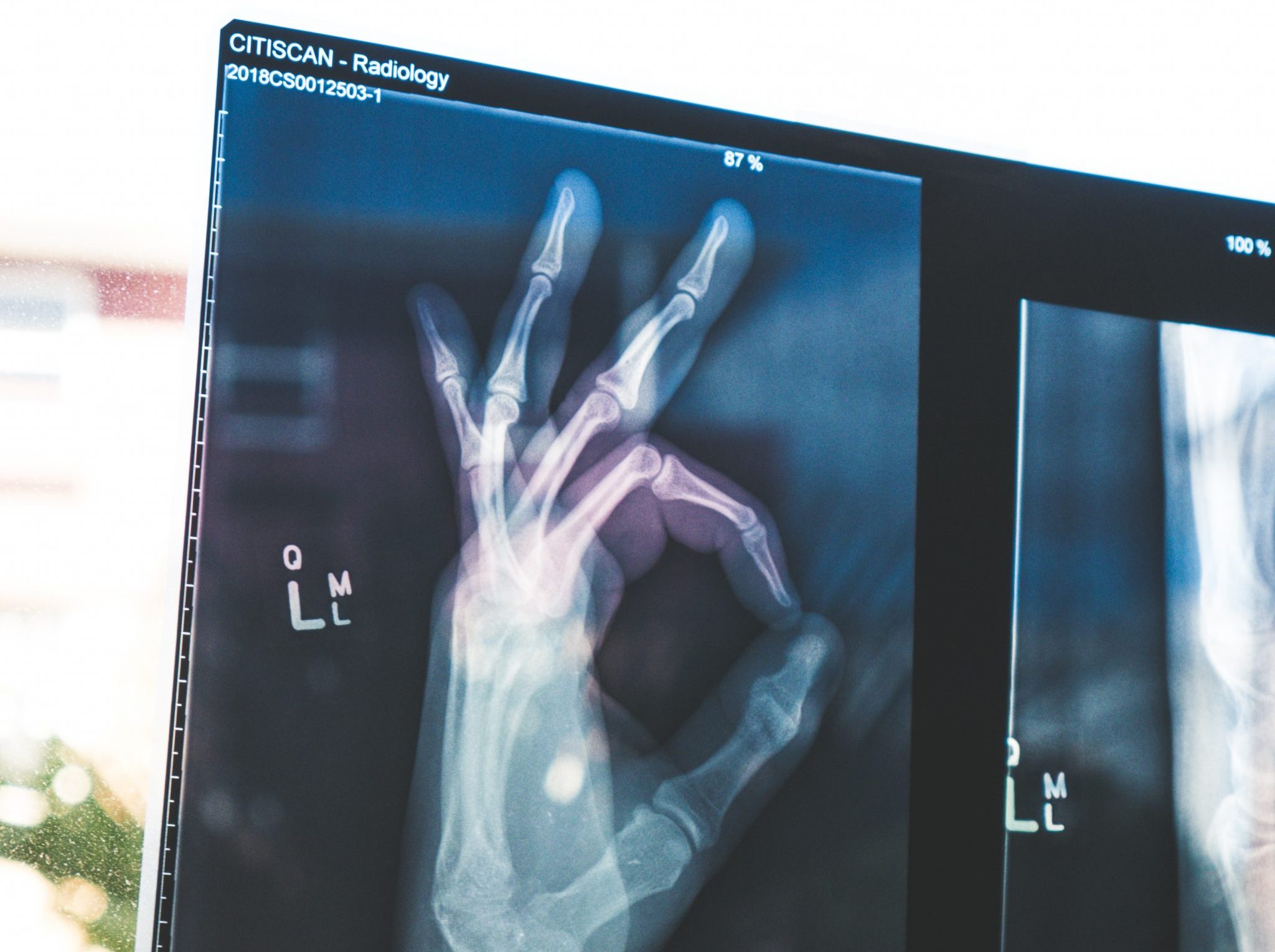
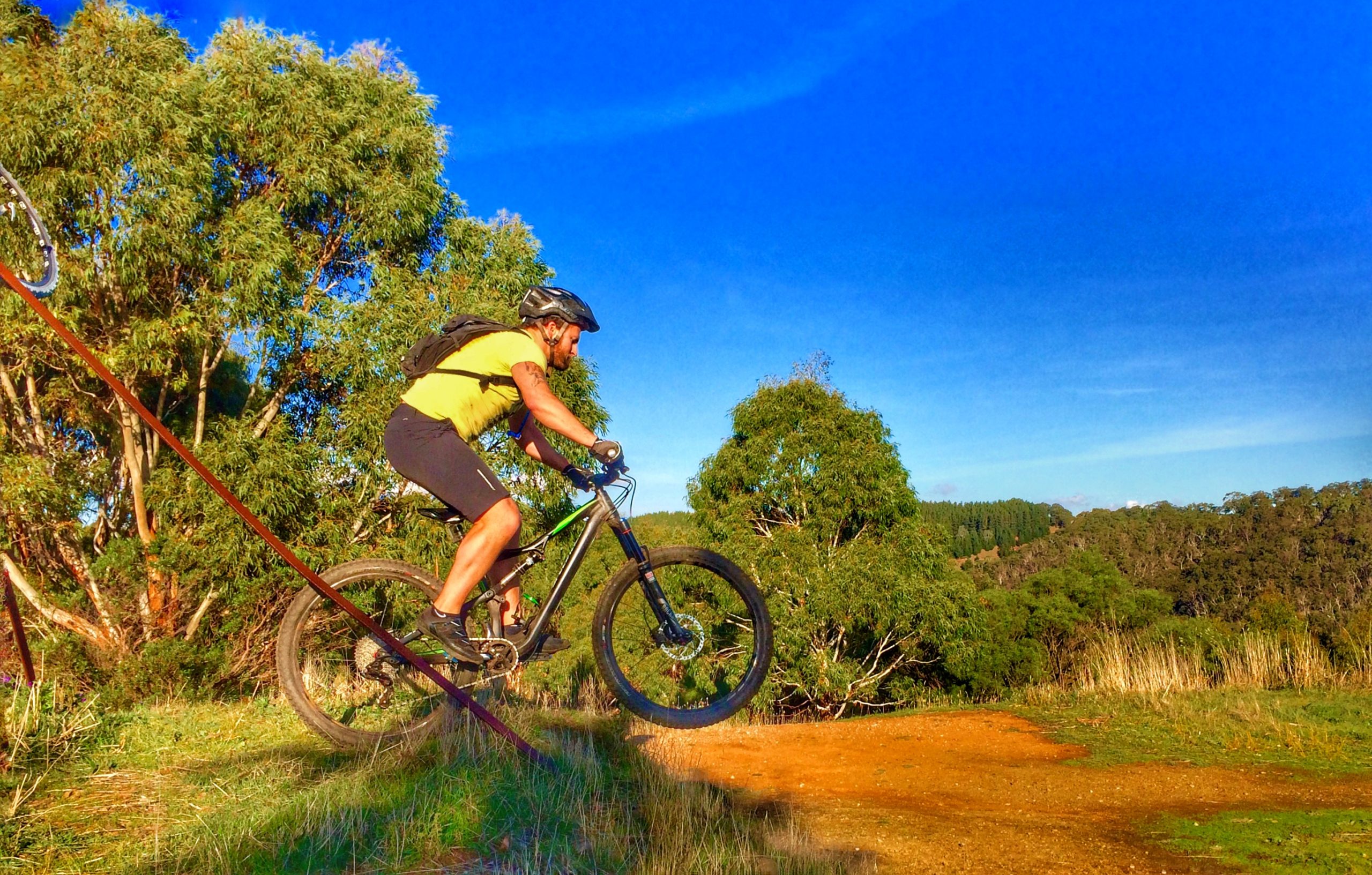
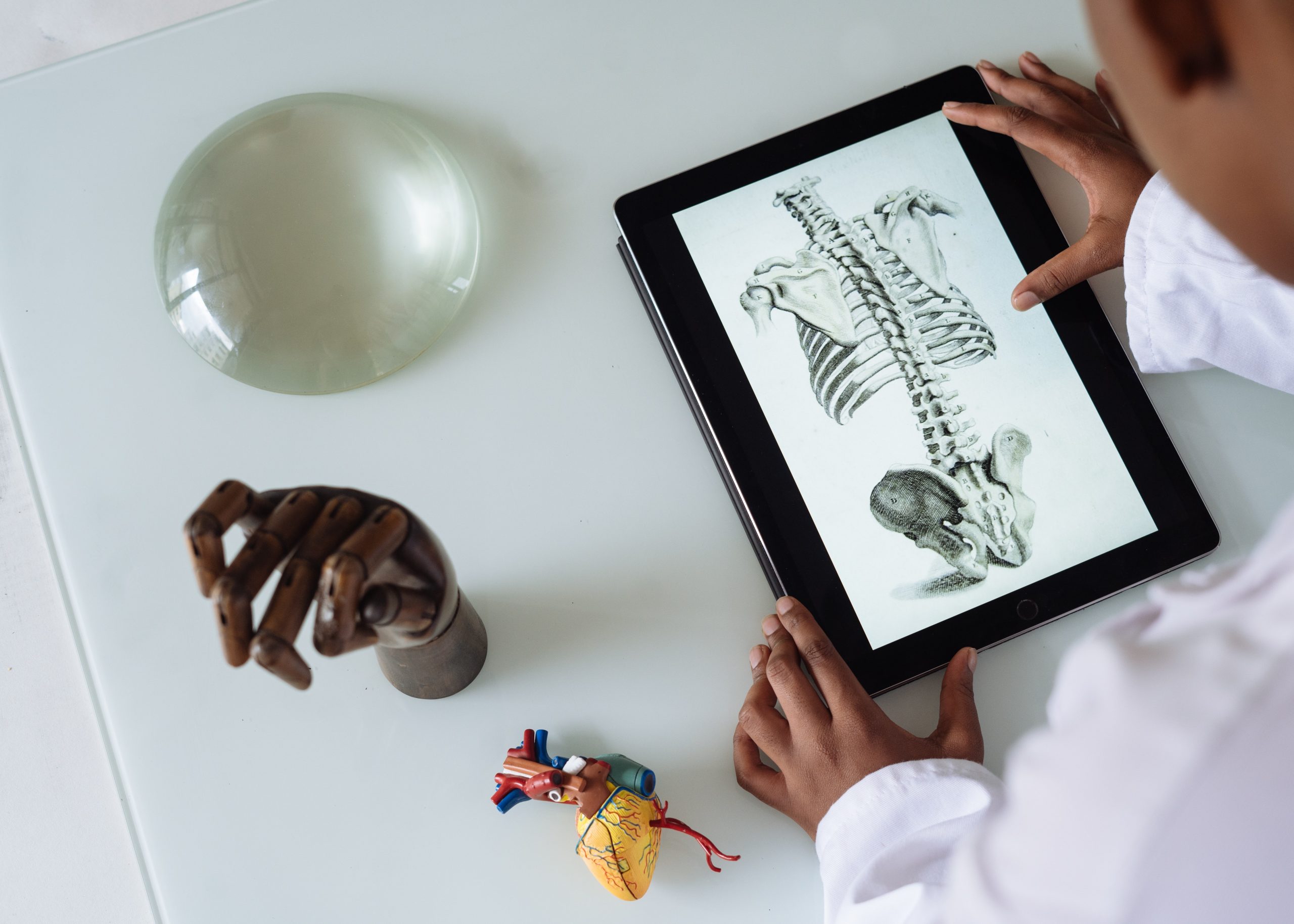
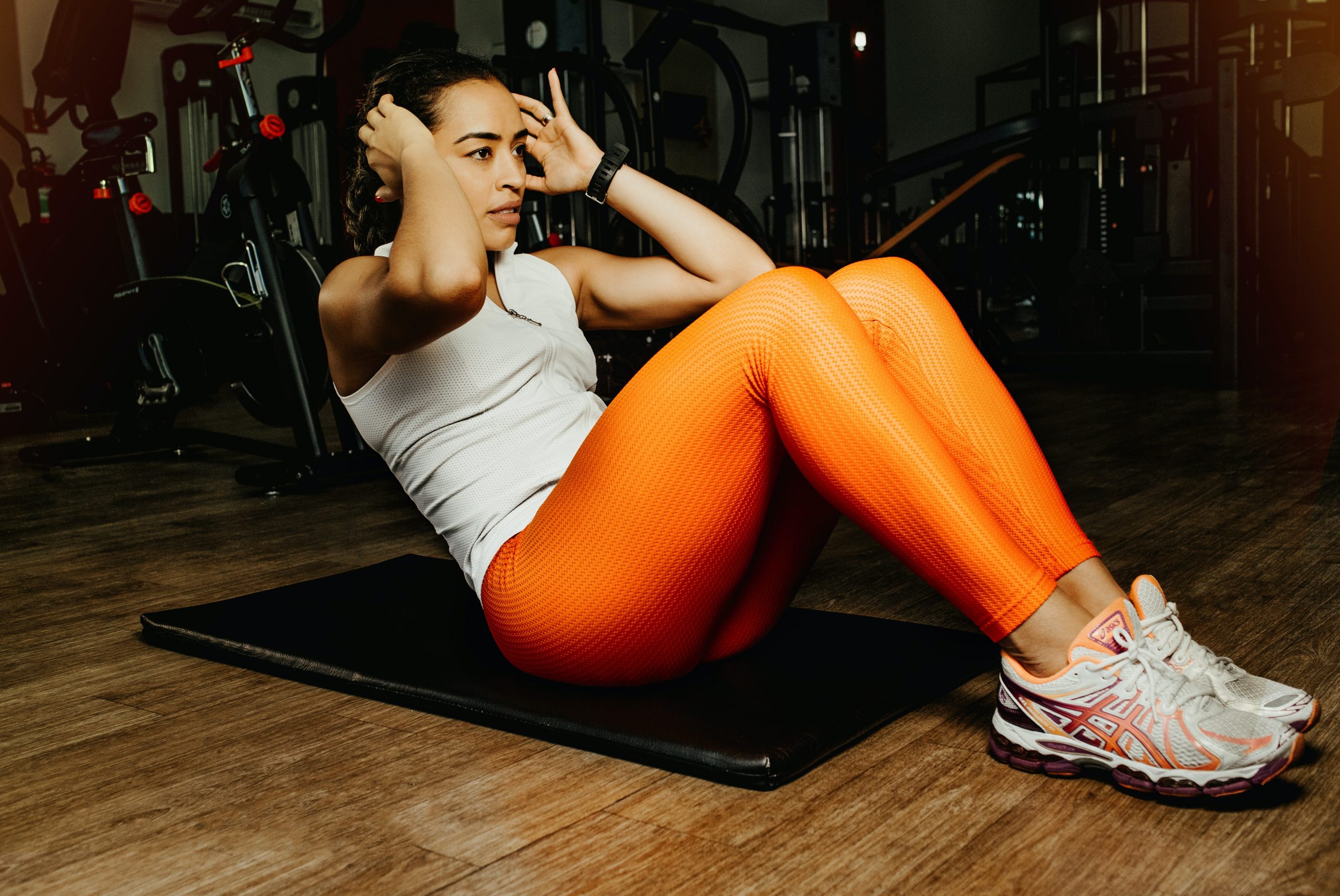
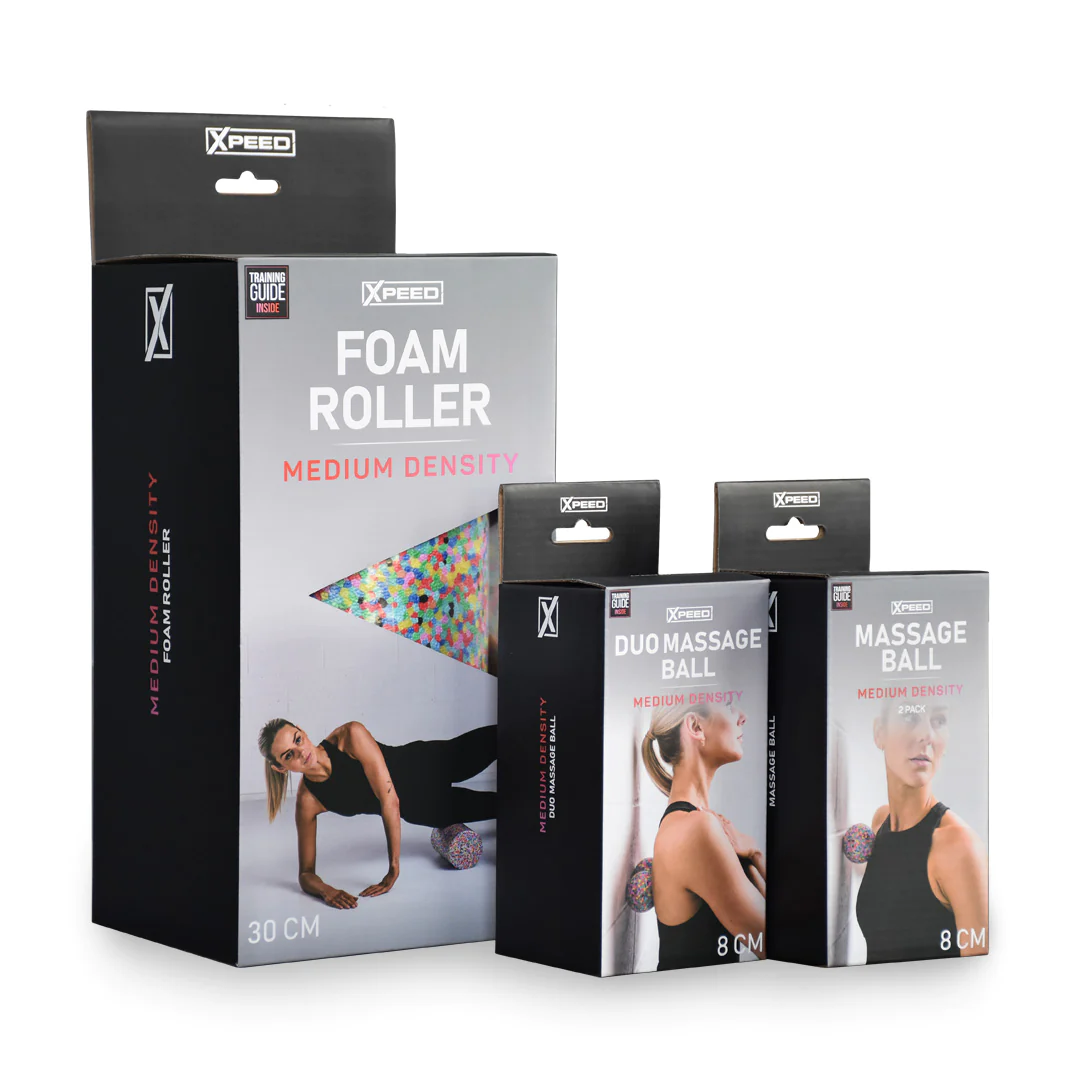
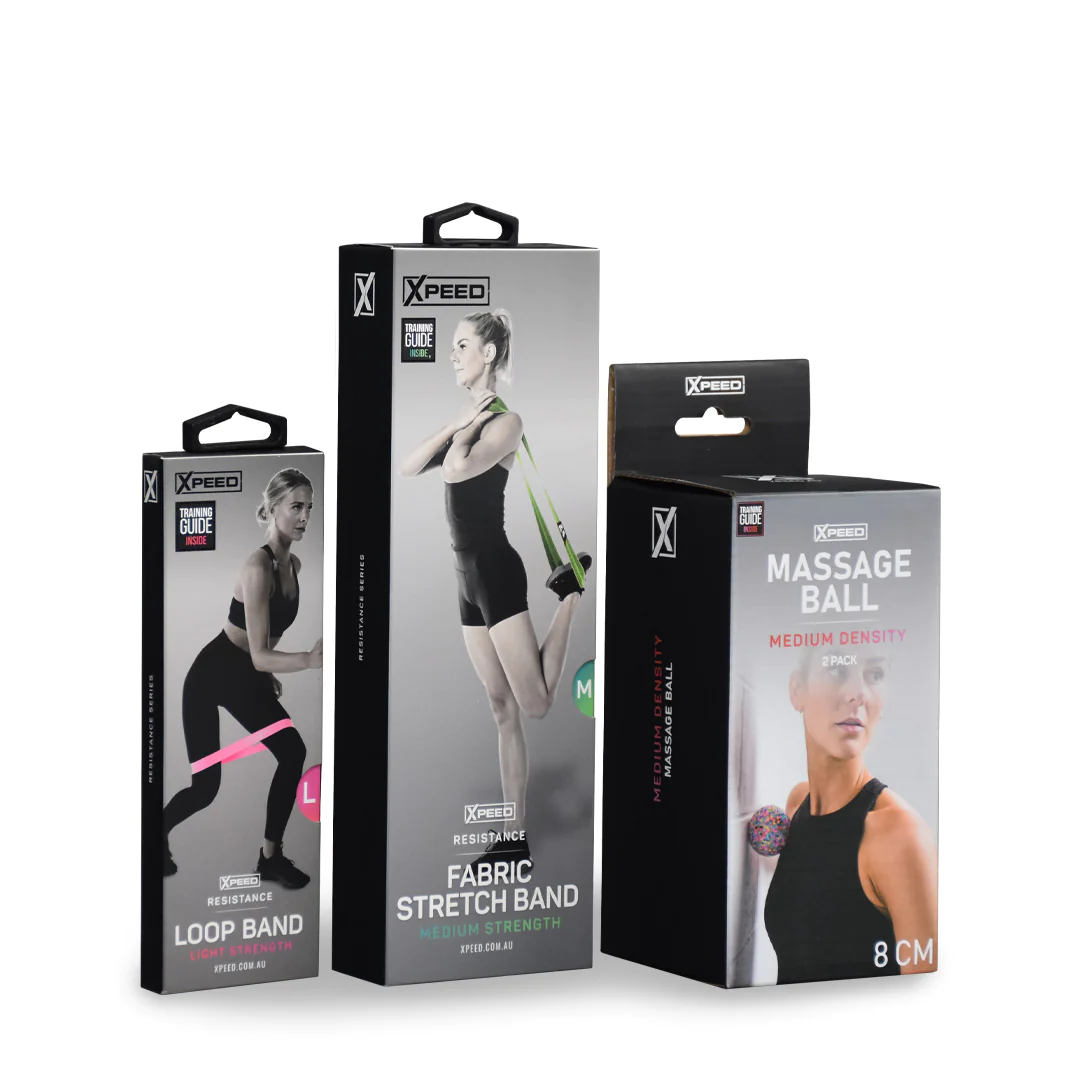

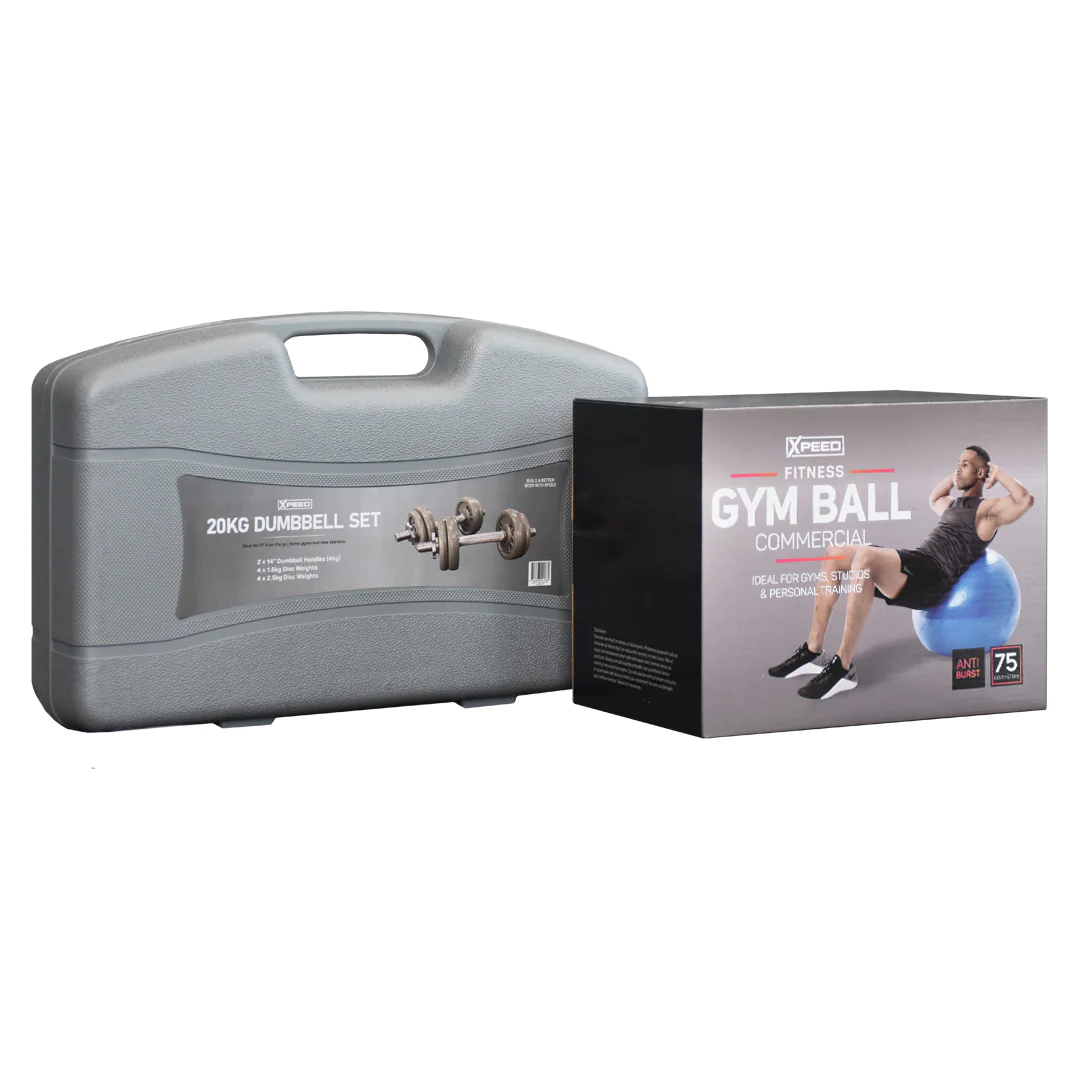
0 Comments